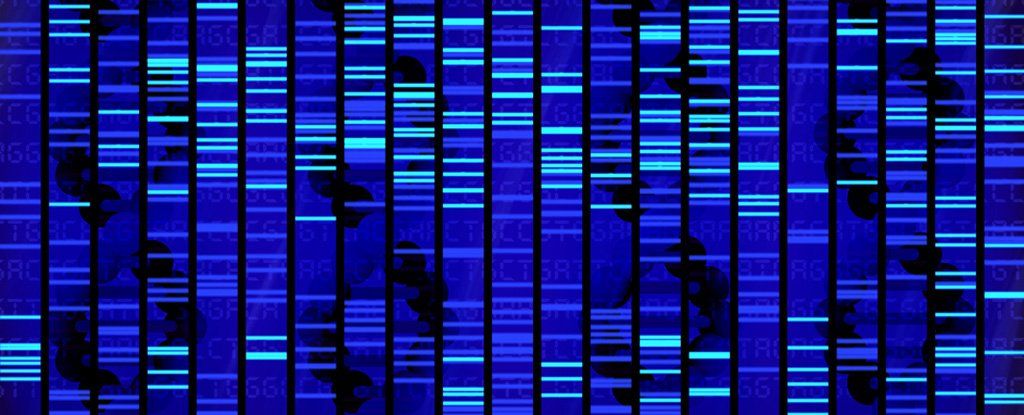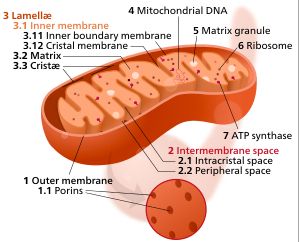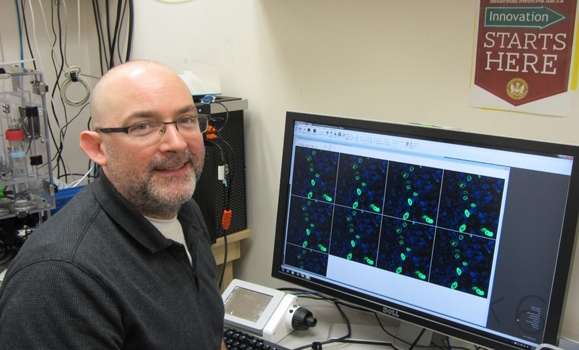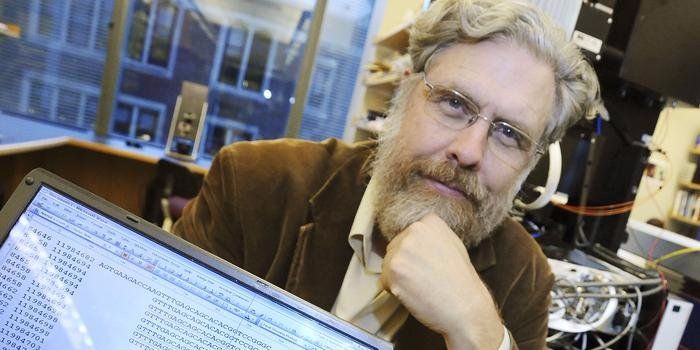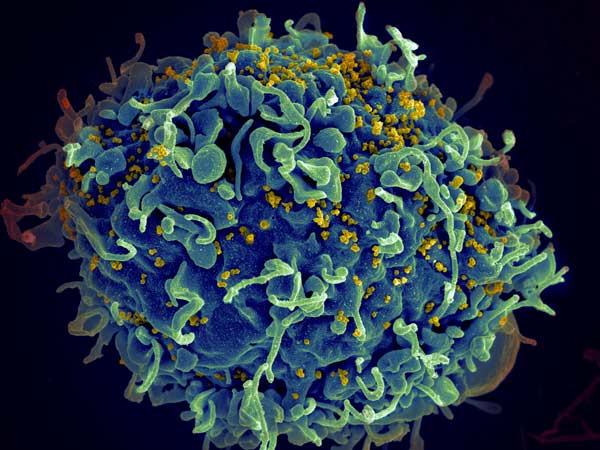Mar 9, 2016
You can now sequence your entire genome for under $1,000
Posted by Shailesh Prasad in categories: biotech/medical, genetics, health
It wasn’t all that long ago that the first human genome was sequenced – a massive, globally orchestrated scientific undertaking that took years and some US$3 billion to achieve.
Since then, rapid advancements in genetic technology and techniques have seen the cost and time required for genome sequencing drop dramatically, leading to this week’s remarkable announcement: the first whole genome sequencing service for consumers that costs less than $1,000.
At just $999, myGenome, from US-based genetics startup Veritas Genetics, is being billed by its makers as the first practical and affordable way for people to access unparalleled personal data on their individual genetic code. The company claims its personalised service offers an accessible way to keep tabs on your current health, keep you abreast of any potential future issues, and even know what inherited genetics you might pass onto your children.
Continue reading “You can now sequence your entire genome for under $1,000” »
